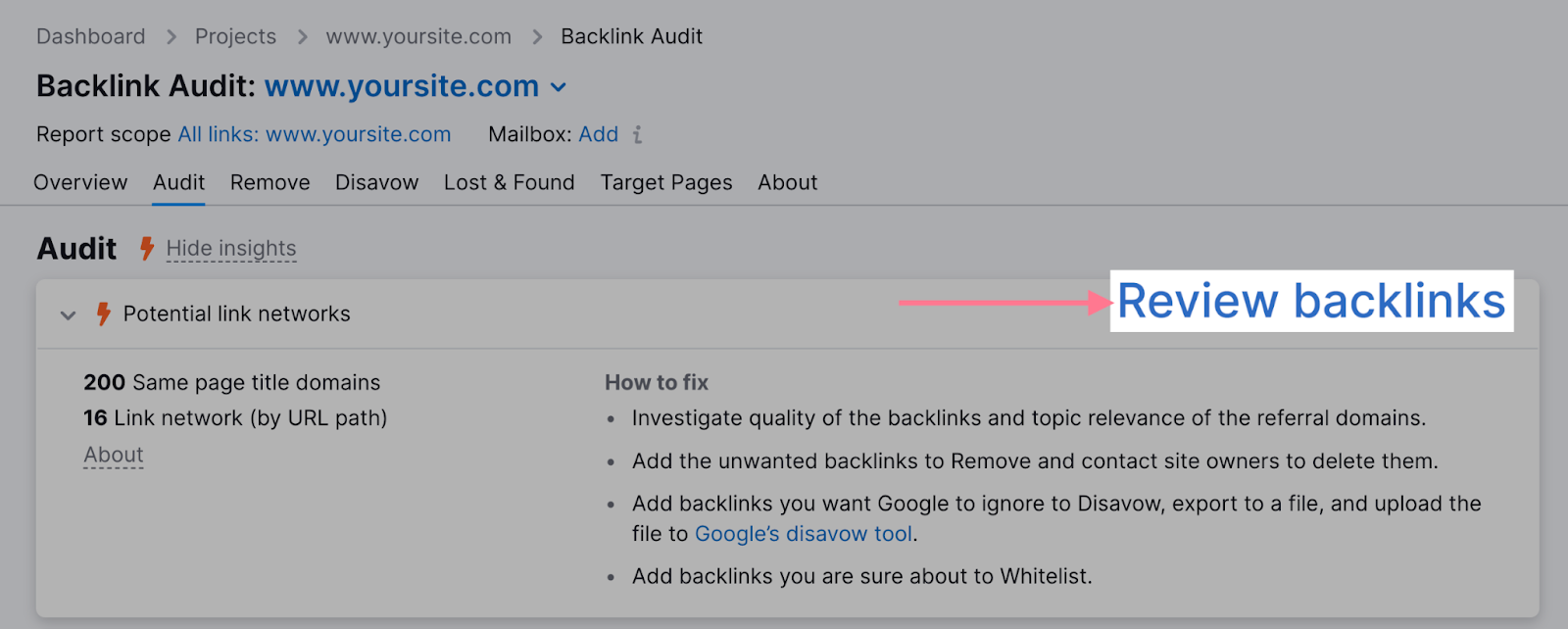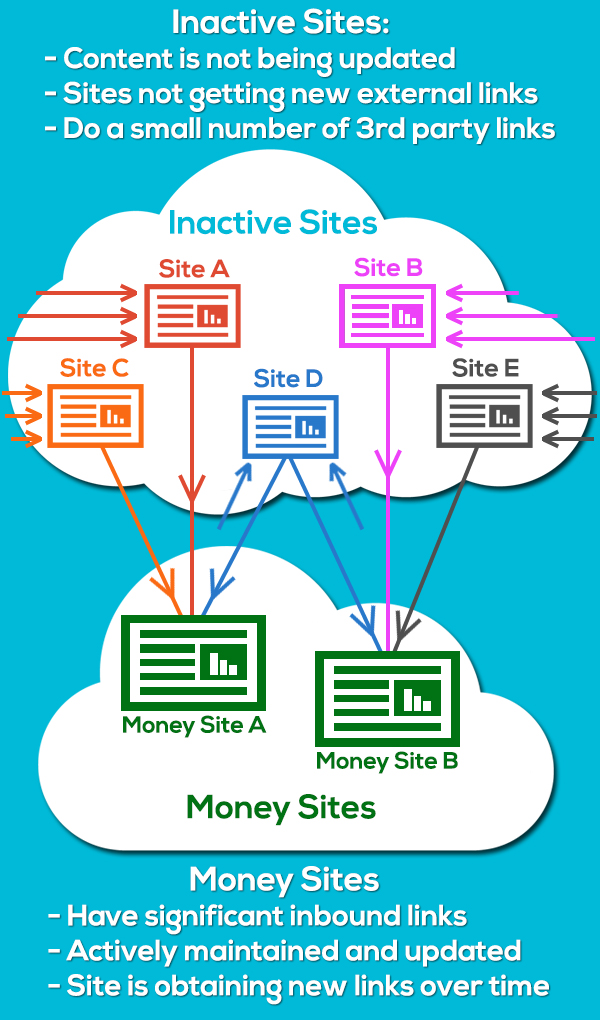All Categories
Featured
Table of Contents
- – What Is The Top Semantic Markup In Seo Brand T...
- – What Are The Leading Semantic Seo Brands To Buy
- – What Is The Most Effective Enhancing Seo With...
- – What Is The Most Popular Improving Rankings W...
- – Semantic Seo Insights
- – What's The Most Reliable Semantic Search And...
- – Which Is The Top Semantic Seo Platform
The web is transforming, ending up being a growing number of semantic. SEO is additionally altering and ending up being extra semantic. This is since internet search engine have actually developed and are relocating an increasing number of in the direction of reading content on the web. Obviously, that has likewise transformed the method we create web content, especially if we wish to rank far better in the online search engine.
Intertwingularity is not normally acknowledged, individuals maintain claiming they can make things deeply hierarchical, categorizable and consecutive when they can't. Based on the connections in between search objectives, the search engine favors a web content in positioning by determining the range between the vectors of definition.
It enables you to see, starting from a topic, all the entities that relate to that subject. By doing this you can plainly see which entities/concepts/ideas have actually already been covered on your web site, and you can find new chances by recognizing what content you can add and how to develop it.
What Is The Top Semantic Markup In Seo Brand To Buy
It has the ability to make your material understandable for internet search engine on the one hand and for your audience on the various other. Structuring your content version highlights your content and its hidden partnerships to ensure that online search engine can identify you among hundreds of items of details, making you a lot more visible to customers that satisfy the search intent pertaining to your company.
In semantic SEO copywriting, an editor begins with a broader variety of topics and tailors the content to consist of semantically pertinent terms and phrases that help visitors recognize a topic, comparable to reviewing material in a wiki. From a web content composing viewpoint, one useful method to do this is to produce a vocabulary of terms and concerns surrounding your target subject.
What Are The Leading Semantic Seo Brands To Buy
Learn more regarding by viewing the by!.

Semantic search refers to the procedure of exactly how internet search engine recognize and match key words to a searcher's intent in organic search results page. Prior to semantic search, internet search engine like Google ran like matchmakersaligning details words in your query with those specific words on web pages. The outcomes were simple yet frequently lacked deepness.
What Is The Most Effective Enhancing Seo With Semantics On The Market Right Now
It enables Google to use fast, precise solutions to search inquiries about real-world subjects. When you type an inquiry word into Google, you're not simply entering a series of words.
When you look for "Apple," Google does not simply see a word that describes a fruit. It identifies Apple as a company and can offer associated info. Like the name of its chief executive officer, Tim Cook, or its most recent supply prices. Google announced the Hummingbird update in 2013. It was Google's solution to the increase of voice searches, where queries became a lot more conversational and nuanced.
What Is The Most Popular Improving Rankings With Semantic Seo Service On The Market
By incorporating NLP, Hummingbird permitted Google to move beyond simple keyword matching. It assisted the search engine comprehend search intent, enhancing the chances that results would precisely match the reason behind a customer's search.
Making it much more efficient at handling never-before-seen search inquiries. RankBrain takes into consideration more than simply keyword phrases when examining a search inquiry.
So it fetches results that match the key phrases and line up with the total intent of providing young puppy training suggestions. And if the user regularly looks for dog-related web content, Google might focus on extra comprehensive training guidesrecognizing the customer's ongoing interest in the topic. Combining technologies like the Expertise Chart, Hummingbird, and RankBrain, semantic search helps the Google formula analyze and connect information across a large web of details.
Semantic Seo Insights
The emphasis shifts from keyword choice to an all natural method including user intent, topical importance, and total user experience. Developing content that addresses the searcher's requirements with detailed details can boost your SERP rankings.
And kind of web content can best satisfy their requirements. A more comprehensive method to material aligns better with semantic search's change far from exact keyword matching and towards customer intent. Which explains the enhanced concentrate on subject clusters, rather than individual keyword phrases. Content that covers search inquiries better not just pleases customers.
And 5 times more than sites that take 10 secs to tons. While technical search engine optimization ensures optimal site efficiency and availability, concentrating on customer experience (UX) takes it a step even more. UX aims to produce a visually enticing, straightforward interface with appealing, high quality web content that motivates site visitors to stay. Semantic search innovation allows search engines to go for outcomes that offer the very best feasible UX.
What's The Most Reliable Semantic Search And Seo Brand

All showcase Google's capacity to resolve a subject question comprehensively. By recognizing the context and intent behind individual queries, internet search engine can provide much more relevant information and potentially boost customer interaction. Personalization in search engine result makes for much better UX.Based on your previous search history and preferences as an individual, semantic search helps look engines tailor the outcomes to match your one-of-a-kind needs and rate of interests.
So it brings outcomes that match the keyword phrases and straighten with the total intent of offering young puppy training advice. And if the individual often looks for dog-related web content, Google could prioritize more comprehensive training guidesrecognizing the individual's continuous interest in the topic. Combining modern technologies like the Expertise Chart, Hummingbird, and RankBrain, semantic search assists the Google algorithm translate and link information across a huge web of details.
Which Is The Top Semantic Seo Platform
The emphasis shifts from keyword option to an all natural strategy including customer intent, topical importance, and total individual experience. Developing web content that deals with the searcher's demands with thorough details can boost your SERP rankings. Below, we describe the trends and practices that consolidate the demand for semantically informed material. Later on, we provide workable tips to transform these insights right into ideal techniques.

A wider technique to material aligns better with semantic search's shift away from exact keyword matching and towards customer intent. Content that covers search questions more completely not only pleases customers.
UX aims to develop an aesthetically enticing, easy to use user interface with appealing, top quality material that motivates visitors to remain. Semantic search technology makes it possible for search engines to aim for results that offer the finest possible UX.
All display Google's capability to deal with a topic question adequately. By recognizing the context and intent behind customer inquiries, online search engine can deliver a lot more pertinent information and potentially increase individual engagement. Personalization in search results page creates far better UX.Based on your past search history and choices as a customer, semantic search assists look engines tailor the outcomes to suit your one-of-a-kind demands and passions.
Table of Contents
- – What Is The Top Semantic Markup In Seo Brand T...
- – What Are The Leading Semantic Seo Brands To Buy
- – What Is The Most Effective Enhancing Seo With...
- – What Is The Most Popular Improving Rankings W...
- – Semantic Seo Insights
- – What's The Most Reliable Semantic Search And...
- – Which Is The Top Semantic Seo Platform
Latest Posts
Who Is The Most Reliable Semantic Search Strategies Service
What's The Top Semantic Keyword Research
Top Semantic Tagging For Seo Shop Near Me
More
Latest Posts
Who Is The Most Reliable Semantic Search Strategies Service
What's The Top Semantic Keyword Research
Top Semantic Tagging For Seo Shop Near Me